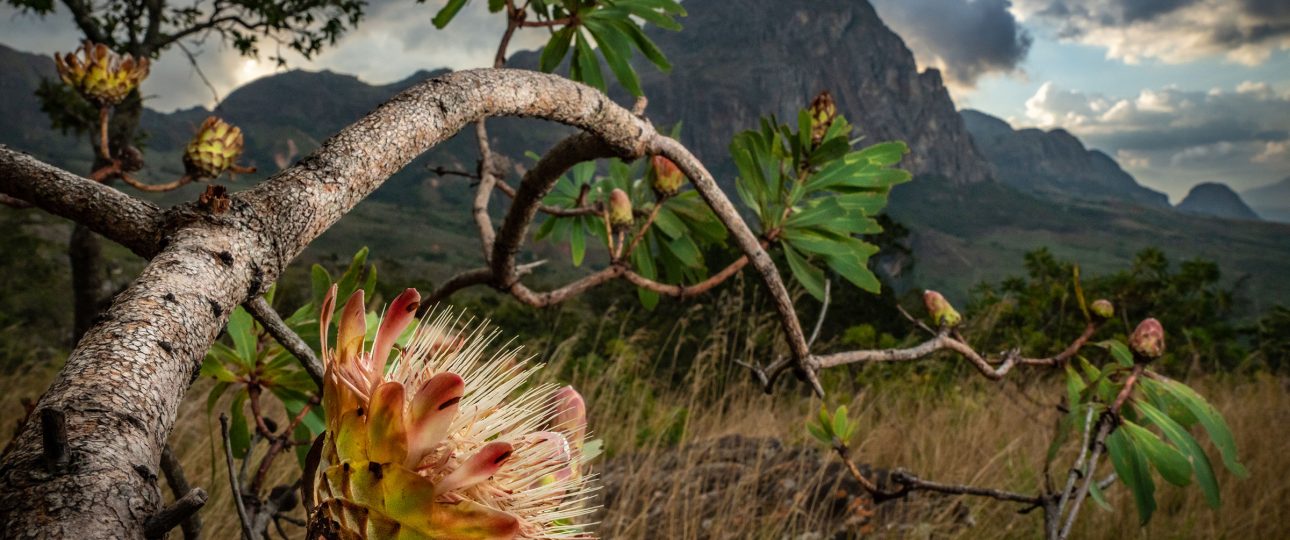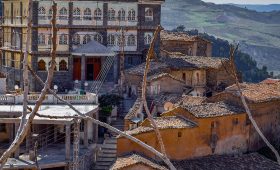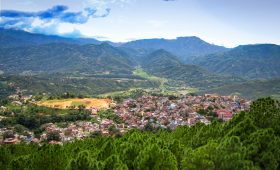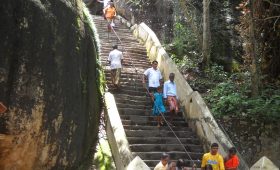Exploring the Chimanimani Mountains in Mozambique
Unique Features of the Chimanimani Mountains
The Chimanimani Mountains, straddling the border between Mozambique and Zimbabwe, are a remarkable natural wonder. Known for their rugged quartzite ridges, these mountains boast Monte Binga as their highest peak at 2,436 meters. The range is a haven for biodiversity, with 70 plant species endemic to the area. The montane plant communities include grasslands, shrublands, and woodlands, each with distinct flora. The quartzite grasslands, for instance, are home to tufted grasses like Loudetia simplex and Sporobolus festivus.
Stunning Landscapes
The Chimanimani Mountains are characterized by dramatic rock formations, deep gorges, and cascading waterfalls. These features make it a prime destination for hikers and nature enthusiasts. The landscape is not just visually stunning but also ecologically significant, with montane plant communities that share species with other high-elevation regions from South Africa to Ethiopia.
Cultural Heritage
The local communities in and around the Chimanimani Mountains have a rich cultural heritage. Engaging with these communities offers insights into their traditions and way of life. Visitors can experience local cuisine and learn about the customs that have been preserved over generations.
Best Time to Visit
Plan your visit during the dry season, from May to October, when the weather is more favorable for outdoor activities. However, be prepared for cooler temperatures at higher altitudes, especially above 1,500 meters, where frost can occur. The summer rainy season runs from November to April, with frequent mists and overcast days even during the dry months.
Getting There
Reaching the Chimanimani Mountains requires some planning. You can fly into Maputo International Airport and then take a domestic flight to Chimoio Airport. From Chimoio, hire a taxi or take a public bus to the mountains. Alternatively, a road trip from Maputo takes approximately 10-12 hours, depending on road conditions. Ensure your vehicle is reliable and plan your route in advance.
Local Transportation
Once in the Chimanimani Mountains, exploring on foot is highly recommended. Several well-marked hiking trails cater to different skill levels. Hiring a local guide can enhance your experience, providing valuable insights and ensuring safety. Taxis are available in nearby towns for shorter trips, but always negotiate the fare beforehand.
Considerations
While the Chimanimani Mountains offer breathtaking beauty and rich biodiversity, visitors should be prepared for the challenges of remote travel. Limited infrastructure and variable weather conditions can pose difficulties. It’s essential to pack appropriately, including sturdy footwear, warm clothing, and sufficient water. Engaging a local guide is advisable for navigating the terrain and understanding the ecological and cultural significance of the area.





Thanks for this information. Truly helpful.